Claire Davidson sits in on the Cannes Lions Festival seminars: Day 1 on decoding the secrets of Japanese creativity, Instagram and Tinder
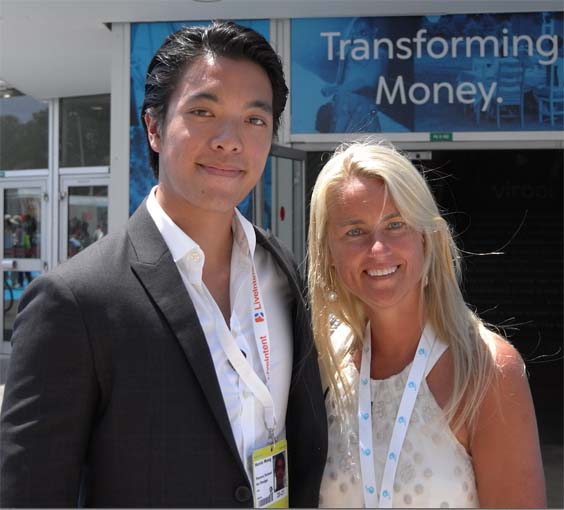 Claire Davidson is back in Cannes taking in the seminars and reporting for Campaign Brief Asia. Here’s her round up of the speaker sessions on Day 1 of the Festival.
Claire Davidson is back in Cannes taking in the seminars and reporting for Campaign Brief Asia. Here’s her round up of the speaker sessions on Day 1 of the Festival.
Sunday, June 21, 2015
It’s ‘the’ time in our annual advertising calendars. It’s been marked out in fluro pen in our diaries and with gold star stickers in our journals for the last six months. We’ve been looking at the programme schedule and timetable for weeks now. We’ve lived in anticipation. It’s what everyone looks forward to (attending and celebrating). It’s what everyone aspires to (being entered, let alone shortlisted). It’s what everyone dreams of (winning). Oh, the glory. It’s the International Festival of Creativity that no other festivals around the globe come close to in terms of… well everything. It’s what makes the advertising world go round… and round… and round. It’s what makes each one of us tick. Ad men and women, let’s open the curtain on the Cannes Lions 2015.
Once again, the Lions have outdone themselves. This year has seen a record number of 40,133 entries received across Cannes Lions (21st thru 27th June), Lions Health (19th thru 20th June) and Lions Innovation (25th thru 26th June). Entries in Creative Effectiveness have doubled, Branded Content and Entertainment went up 18%, and Film and Film Craft increased 8% and 6% respectively.
Lions Health, the purely creative festival for healthcare communications wrapped up last night having received 1,862 entries – a 30% increase from last year. That’s an impressive statistic for a festival in its second year. Congratulations to the Grand Prix Winners – DigitasLBI New York’s “Take It From A Fish” for AstraZeneca (Pharma section) and Leo Burnett Mexico’s “Intimate Words” for Proctor and Gamble (Health & Wellness section).
With so many shifts across our industry in recent years, 2015 also sees the launch of Lions Innovation – a new two-day event. Innovation has always been part of the Cannes Lions platform, but has now exploded out in its own right. Its focus will be on this recent reshaping of the communications platform – predominantly through data and technology – and look at where creativity intersects with them.
166 entries were received in the inaugural year of a new category, The Glass Lion: The Lion for Change, which addresses the issues of gender inequality or prejudice. All proceeds for this section will go to a charity chosen from a shortlist of ten Cannes Lions delegates during the festival. This new category makes me happy. It’s a rare and great thing when the advertising world listens to its conscience, sits up and acknowledges the important issues affecting society. We are a powerful force, and therefore have the capacity to make powerful changes to help better humanity.
This last week has seen 366 jurors from around the world viewing, discussing, debating and voting on all 40,133 entries; deciding on the the victors of those coveted shiny Lions that we’d all like to pack into our big empty suitcases to take home (but only after posting six million photos of ourselves holding them in various positions with various poses and at various venues on ALL forms of social media).
Being the nerd that I am, I plan to take in EVERYTHING that I possibly can inside the walls of the Palais Des Festivals within the next seven days. Who needs a glass of rose, when one can receive a magnum of knowledge. There is SO much happening this year, from seminars to workshops to forums to master classes. It’s just non stop. Okay, I may break away outside at some point to check out the new ‘Official’ Cannes Lions Beach for a minute or two, but then I’ll be back inside to absorb it all. I must admit that I did enjoy running on the ‘Official’ blue carpet laid out along the Croisette when I was out for my early morning jog today, which in turn took me directly up to the Cannes Lions Beach. I noticed a few people had passed out on some of the beaches already, and we haven’t even started yet. Perhaps they were some of the health winners who reveled a little too much last night!
It really is quite exhilarating to think what lies ahead. I’m excited. First up for me today was the speaker session “Full Frontal Content”, which was brought to us by Vin Farrell, Global Chief Content Officer of Havas Worldwide, Dave Krugman, Social Editor of BBDO New York, Daniel Arsham, Artist and Jimmy Chin, Photographer and Filmmaker for National Geographic. I am a huge fan of Jimmy Chin’s and have been a long term follower on Instagram and with Nat Geo. The Sweet Shop also had the privilege of producing a North Face campaign with Jimmy last year. He’s a phenomenal climber, mountaineer and athlete.
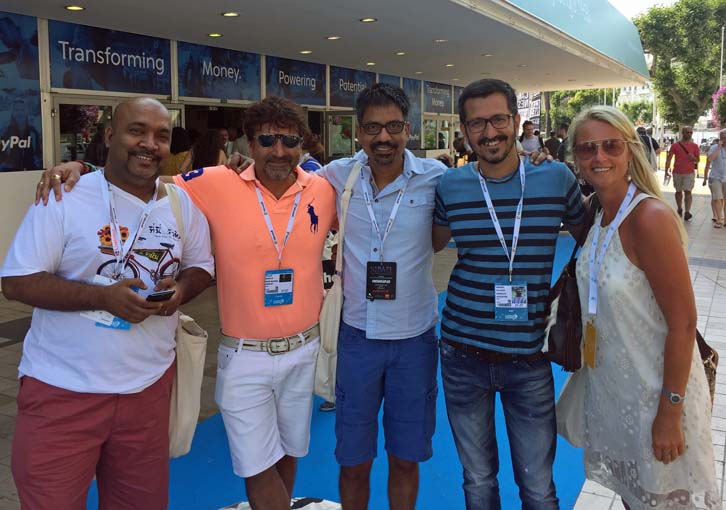
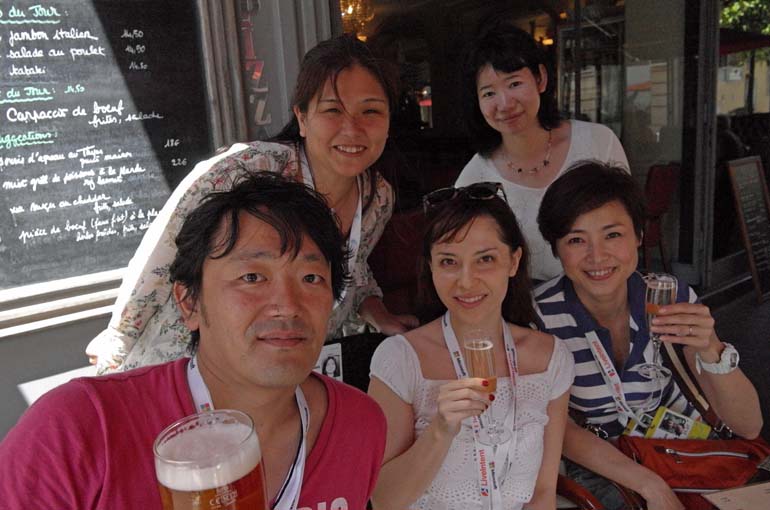
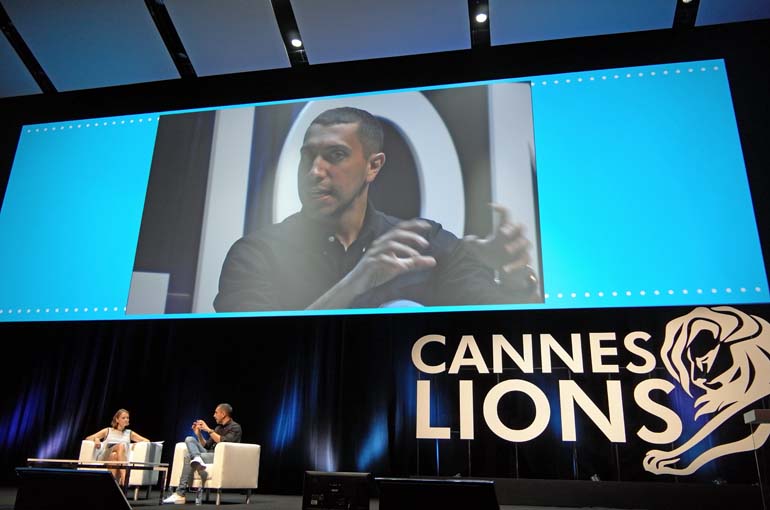
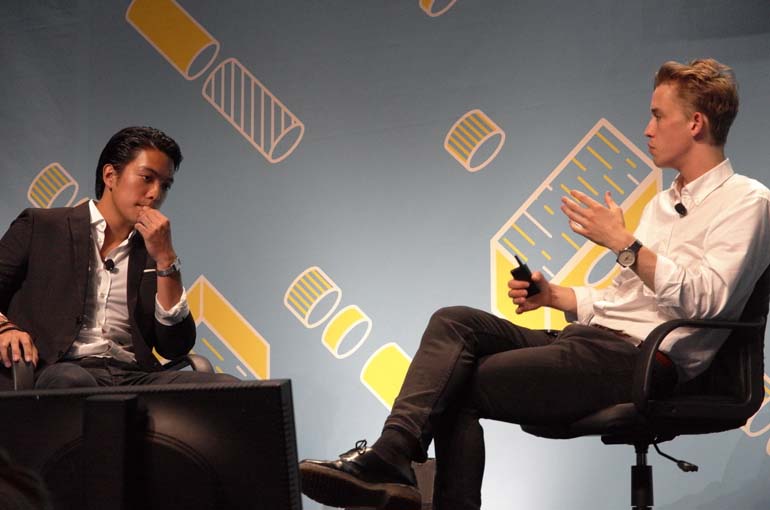

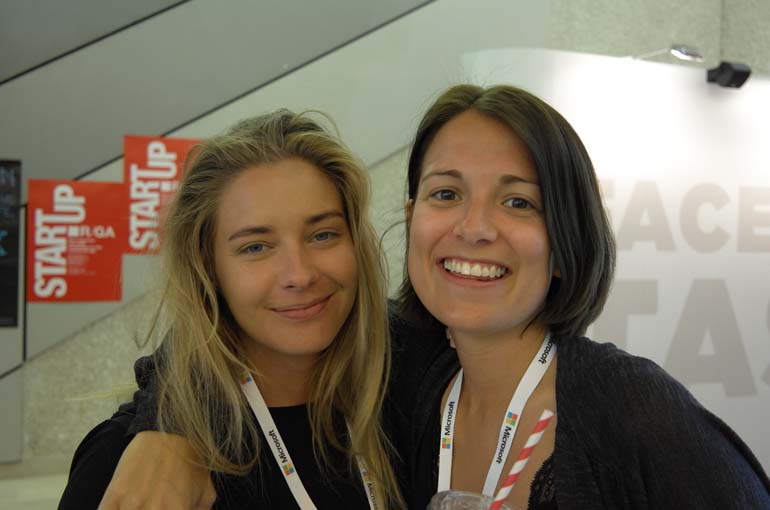 Today’s forum centred on how to showcase your content in your niche, so your individual work creates large and loyal followings in doing just that. Today it’s not about just the craft of what you produce or what you make, it’s how you get that craft out to people and engage them. It’s about finding and identifying with audiences. Work is thus completed by the audience, who post it and share it. The audience curates their own experience.
Today’s forum centred on how to showcase your content in your niche, so your individual work creates large and loyal followings in doing just that. Today it’s not about just the craft of what you produce or what you make, it’s how you get that craft out to people and engage them. It’s about finding and identifying with audiences. Work is thus completed by the audience, who post it and share it. The audience curates their own experience.
It’s about giving access to these types of work through social media. We can’t all scale mountains. We can’t all make large artworks. We can’t all photograph aerials from choppers. We can’t all see architecture and performances in person. We can’t also go to some of the world’s most visited museums when no one else is there. This is what these four men do, but we unfortunately all can’t. So being able to see this work on all of the social media platforms has brought about its own culture and sub-culture. It’s a shared interest and micro-communities have formed. It’s an exchange of ideas and ideals through reach. These individuals have fostered and created their own audiences, and the audiences get to choose what they want to see. Therein lies the power.
Thank you new breed creators: @jimmy_chin, @vinfarrell, @davekrugman, and @danielarsham.
Next up I went to a seminar on Tinder. You know… just to see what it’s all about. Tinder Pinder. Sean Rad, Founder and President of Tinder (I envy his last name), Bill Kanarick, Senior VP & Chief Marketing Officer of Sapient Nitro and Caroline Daniel, Editor of the Financial Times brought us “Meet The Disruptors: How Tinder Coupled Technology With Human Experience”.
Founded in 2012, Tinder has been an instrument of change. In 2013 it was recognised as the best tech start up that year. It’s had over 8 billion matches across 196 countries. That’s 300 matches per second, and 16,000 swipes per second. Jeepers.
The average user spends 11 minutes on Tinder per day. Tinder proves our appetite for human connection, our desire to be seen, our desire for validation and our fascination with social discovery. Meeting new people is fundamental in human beings – but it’s very difficult. There is the possibility of missed connections. Tinder is about using technology more efficiently in the way we interface in the real world.
Tinder has solved a real problem, but in a fun way. Attraction is subjective. It allows people to find or follow what or who they are looking for. Rad says you can pick up a lot of the nuances in people’s profile photos. Skeptics might say that the very premise is a little bit shallow – swiping left or right by looking at a few photos. Is it that on Snapchat we show our real selves, but on Tinder we show our curated selves? Rad feels that the more real we are on Tinder the more successful we
will be.
Will Tinder become more of a social network, rather than just a dating or hook up app? Users are already using Tinder in ways it wasn’t designed for. For example, users travel and match with people to get local information. Users might be fitness trainers who promote their businesses. Companies are even using Tinder as a business tool at conferences. Well we can all try that at Cannes this week, can’t we?
At its essence, Rad says the aim of Tinder is to bring the world closer together. The people you meet help to shape your life. Tinder likes to delight its users. The company has a deep sense of knowledge of what Tinder’s users want. Today if you use Tinder you are going to discover content. It’s a great environment for advertisers to bring about messages. Brands are starting to create profiles. They are getting a lot of likes. Tinder loves to give people something exclusive to them. Brands will often launch something exclusively on Tinder. But of course, the user is in control. I’m not sure that I would like to match with a pair of Adidas.
I went away wondering if I might I be someone’s Tinderella at Cannes? Maybe even @jimmy_chin is on Tinder.
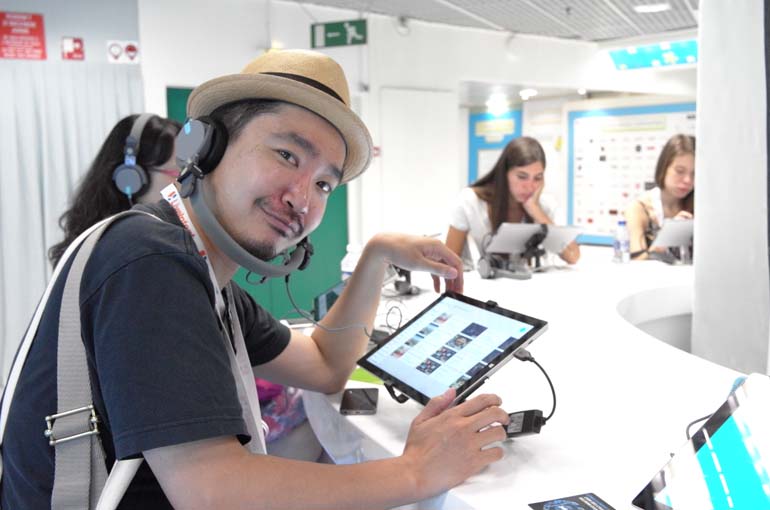

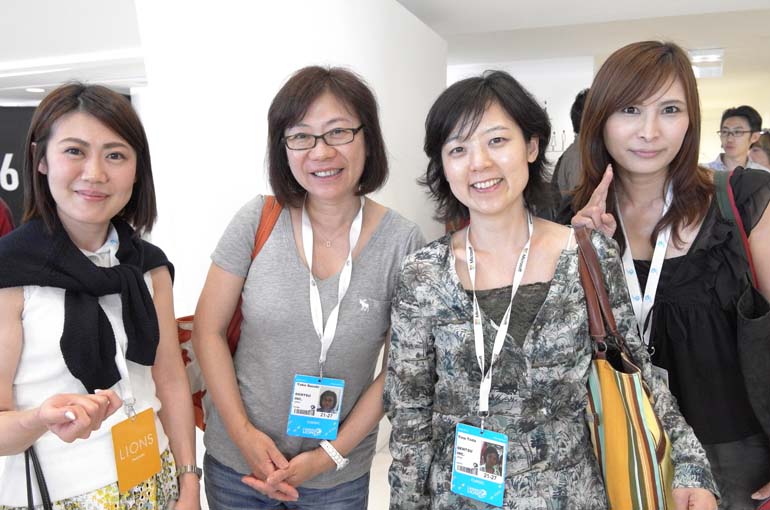
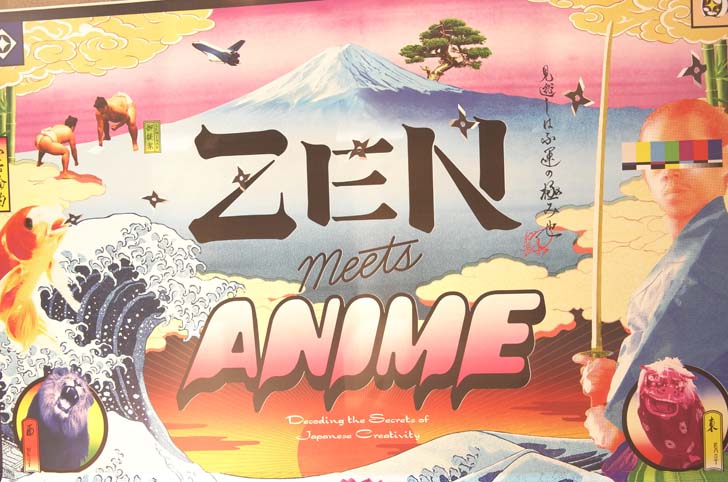
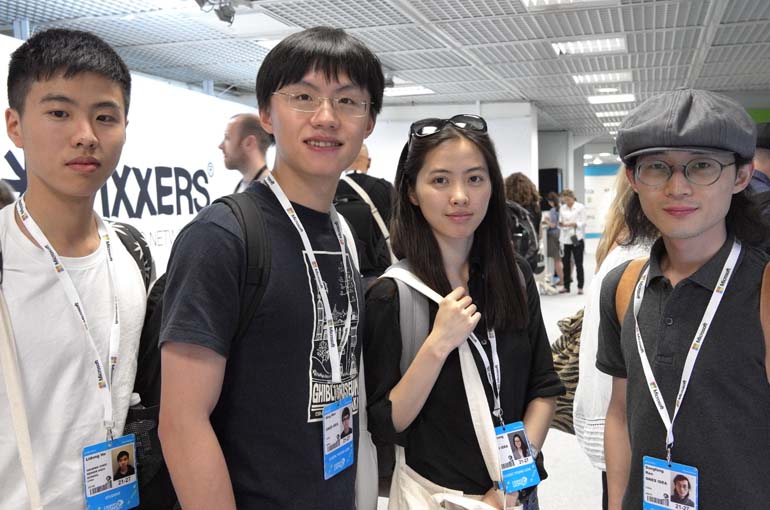
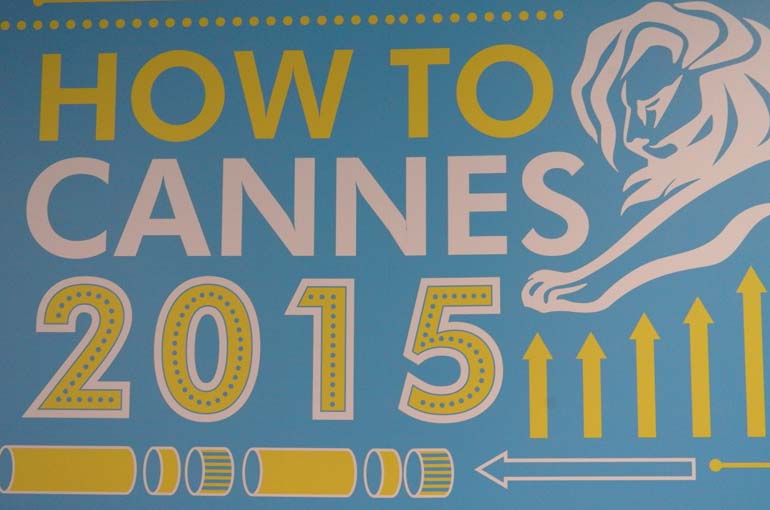 More seminars for me on social media. I then took in The New Celebrities with Philip Bock, CEO and Co-Founder of Sponsta and Kevin Wong, Instagrammer. Traditionally when celebrities endorse your product or your brand you sell. And you sell a lot. Now though, we are finding non celebrity influencers are those who are creating impact and reaching massive audiences, specifically on Instagram. The consumers have become the influencers themselves. They are the new celebrities. Examples of such people are:
More seminars for me on social media. I then took in The New Celebrities with Philip Bock, CEO and Co-Founder of Sponsta and Kevin Wong, Instagrammer. Traditionally when celebrities endorse your product or your brand you sell. And you sell a lot. Now though, we are finding non celebrity influencers are those who are creating impact and reaching massive audiences, specifically on Instagram. The consumers have become the influencers themselves. They are the new celebrities. Examples of such people are:
@ThisWildIdea. Maddie, Theron’s dog, has 900K followers and now travels the world.
@youngmeerim focuses on conservation, and she has 220K followers.
Popular Instagrammers have a big reach. They usually work within a niche. And they understand the medium. It’s not an ad… it’s a collaboration. Don’t just know your audience. Support your audience.
Companies like Sponsta bring brands to their Instagrammers, who have been vetted, and have a minimum of 10,000 followers before they join.
Kevin Wong (pictured very top photo with Davidson), from Hong Kong and currently studying architecture in New York, is one such example. He’s travelled a lot. He’s an adventurer. And that’s how he started sharing his photos. He currently has 60,000 followers. Brands took notice and asked to collaborate; from photographic brands to watch brands to hotel brands to restaurant brands. Wong works with brands that are compatible with him as a person, help him grow as a social influencer and add to his photography. He doesn’t want to sell out to commercialism with brand sponsorship. He wants to keep it intimate.
Tips on how to get followers: Don’t use hashtags that are overused. They will only get lost. Use ones that are relevant. Geotags are also good. Follow people who inspire you. And find your niche.
Well my favourite Instagrammer also happens to be a dog. He’s actually become his own brand. His name is @marutaro. He’s seven and a half years old. He’s a Shiba-Inu. He’s Japanese. He splits his time between Shonan and Tokyo. He documents his daily life and trips across Japan. He has 1.7 million followers. He posts every day. He has 4,533 posts to date. I love Maru. He even has his own book, which I of course own a copy of. He recently went on tour to Taiwan. Following that he had a photographic exhibition of his work in Tokyo, but couldn’t attend, because dogs weren’t allowed in the building. Maru started posting pictures of his smiling face after the tsunami and earthquake hit Japan in 2011, with a view to bring some happiness back into the lives of his fellow Japanese. He certainly didn’t think it would grow to 1.7 million followers worldwide. Maybe @marutaro could come to the Cannes Lions 2016. Would he be allowed inside the Palais Des Festivals?
How could I possibly miss one of my favourite speakers? After lunch we had the pleasure of being brought “Zen Meets Anime: Decoding The Secrets of Japanese Creativity” with Kentaro Kimura, Co-CEO and Executive Creative Director at Hakuhodo Kettle. Joining him on the stage today day were Yoko Ishihara, Executive Manager of Hakuhodo Inc. and Fran Miller, Management Planning Supervisor of Hakuhodo Inc.
How can we create a new, innovative idea that hasn’t been done before? The basis of advertising is that it is a mirror of a country’s culture. This is the belief behind why Japan has had such a high level of creativity in the digital and design fields. Japanese creative projects have dual personalities. The evolution of Japanese creativity can actually be found from two opposing cultures: Zen and Anime.
Zen is a culture that is simple, beautiful, quiet but strong. Originally it was a Buddhist method based on meditation. Today we think of it as a way of thinking. We try to accept the beauty of nature as it is. It’s about the pursuit of the simplicity of nature. Zen became popular during the 12th century during the Samurai period. It is a creative energy to simplify and purify. Think tradition, science, stillness and dignity.
Anime is a culture that is chaotic, energetic and freestyle. Think Magna comics, figure dolls, cosplay, and video games. It confuses things. It’s colourful. It was fostered by the townspeople, also during the Samurai period. Anime is a creative energy to confuse and innovate. Think emotion, motion, pop and innovation.
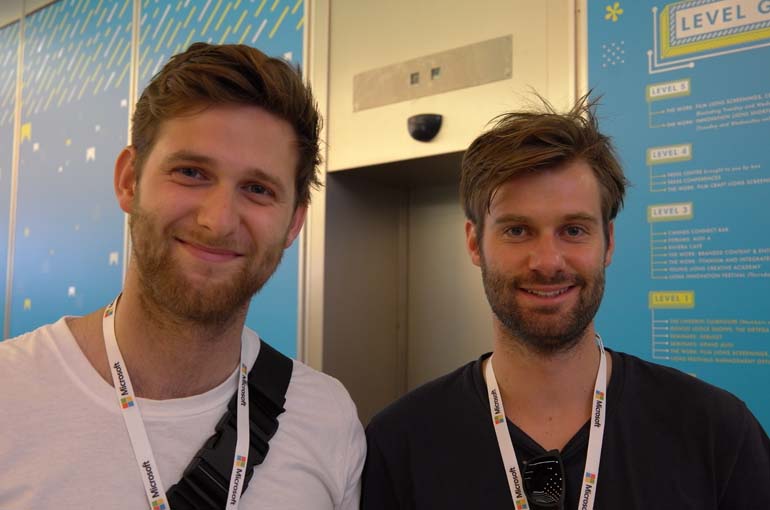
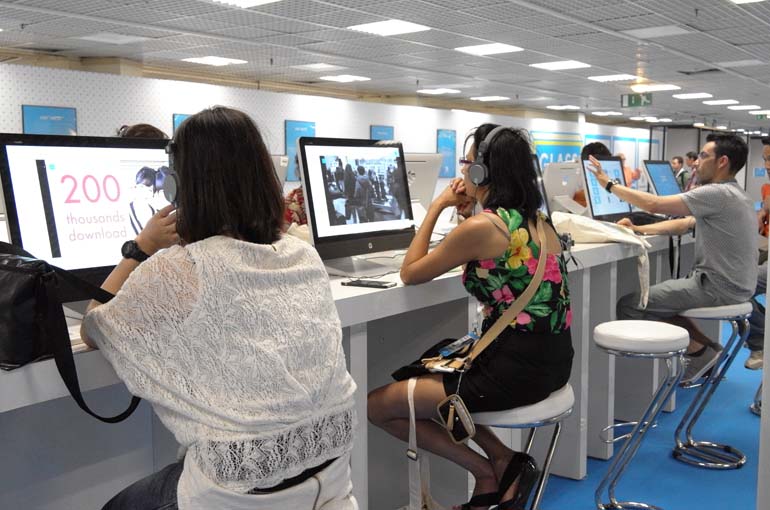
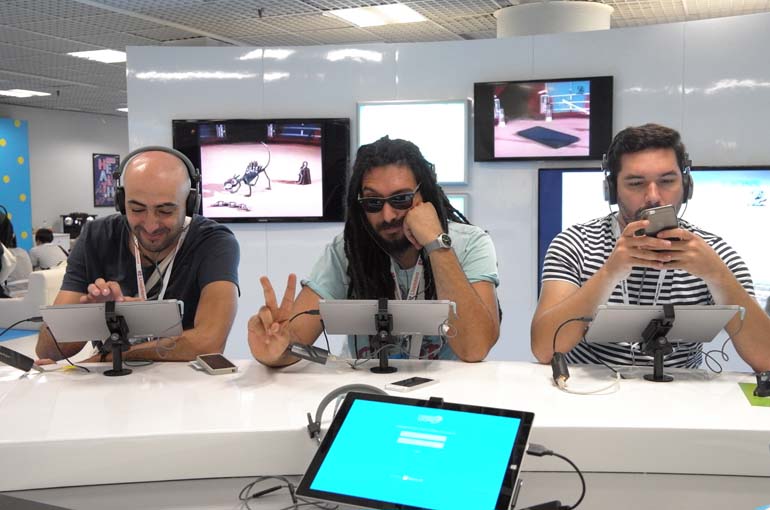
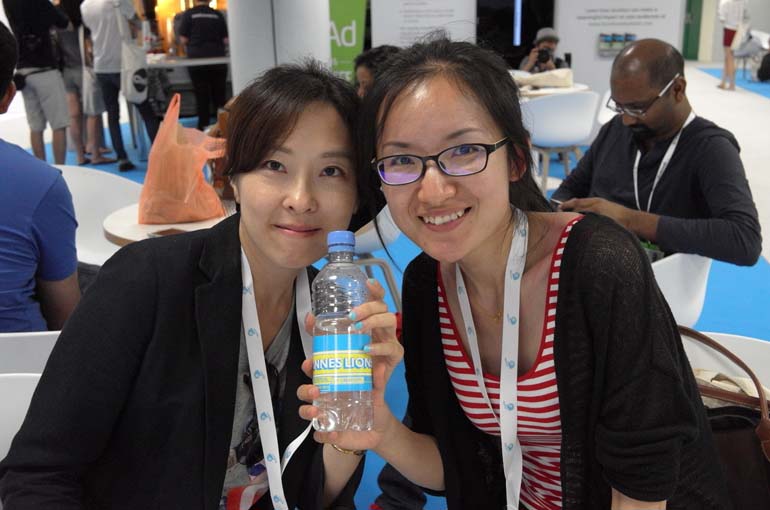
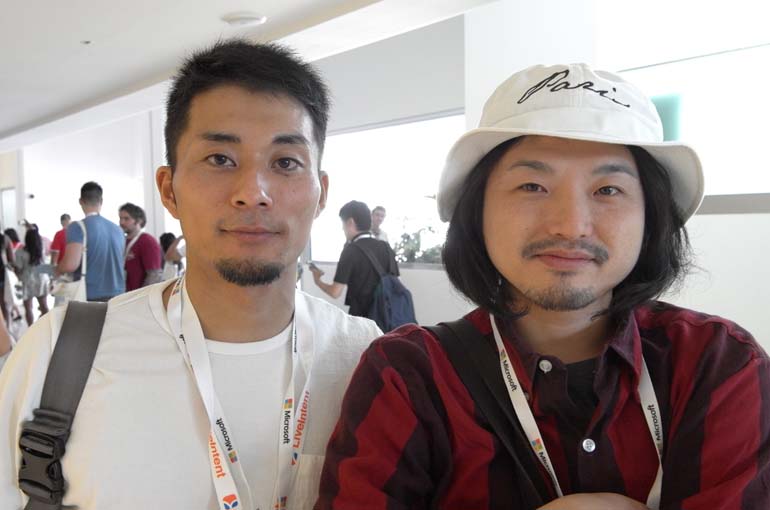 They predict forces in the opposite direction. When they meet, they clash. Thunder sound effects! We looked at case studies for:
They predict forces in the opposite direction. When they meet, they clash. Thunder sound effects! We looked at case studies for:
~ Hibiki Glass. Tradition meeting innovation. Tradition is a succession of innovations.
~ Mercedes Benz with Super Mario Bothers. Dignity meeting pop. We also looked at True Wetsuits by Quicksilver. What a brilliant idea. It’s about finding the perfect mismatch. It’s a good method to re-build your brand.
~ Trend Coaster, which couples search data with an amusement ride. Still meeting motion. Motion unleashes new senses. Motion awakens dormant senses. It can allow new brand experiences.
~ Toyota’s ‘Human Touch’. Science meeting emotion. Car function meeting devotion. The same can be said about ‘The Sound of Honda’. Humanization.
Creativity is a mirror that reflects our country’s culture. Analysing these two cultures concluded that together they gave birth to Japanese design and the digital revolution. Today we are seeing stronger creativity from Japan with the fusion of these two cultures. Embrace your own culture. Identify what the ambivalence is of your culture. Then combine it.
Finally I took in “Kawaii Attack: The Shifting Axes of Kgoy and Down-Aging”. This was a really interesting seminar brought to us by Clara Wooler, Director of Marketing at Sanrio Global. It is a difficult problem to address – when adults seeks to recapture their youth with nostalgia-led brands (jeepers – that’s me), and kids are seeking out ever-more sophisticated products and experiences.
Kawaii in Japanese is “The intimacy of cute and the distance of cool”. Sanrio prides itself on being the home of Kawaii. With brands such as Hello Kitty, My Melody and Little Twin Stars this is understandable. These are the brands that I grew up with. Kgoy, which is an acronym for Kids Getting Older Younger, is a suggestion that the media are corrupting our kids. They are maturing too quickly.
Hello Kitty is 40 years old, but she remains eternally 6. Just like adults, Hello Kitty is also about mental image. She has never grown up. We should never grow up. Toys should live forever. Children like to hear stories and to tell stories. They can tell Hello Kitty their stories. Similarly, Mr Men and Little Miss is a similar brand in its model and ethos, and one that has transgender appeal.
Parents sometimes want to introduce their children to brands that meant a lot to them during their youth. Nostalgia is a powerful tool for any advertiser. It was a time when we played outdoors, chilled out, ate food and didn’t care that it might affect our waistlines – things were simpler. Its emotional ties to happier times. The smart money is on companies that update their look, keep fresh and work with other contemporary peers. Hello Kitty has collaborated with Doc Martins, Apple, Beats by Dr Dre, and even Eva Air.
We’re more likely to connect with brands that we have known since childhood. Trust is important. Common values are also important. Personality traits in Mr Men or Little Miss characters embody human traits. These can all be used by brands to send a message to their consumers that is relatable.
Hello Kitty doesn’t have a mouth because she communicates through her heart. It’s about her value of kindness. Simplicity is an important value. It’s about being quiet, simple and pure. It’s about having no voice in a world where there is too much noise.
So down-aging and Kgoy are opposite kinds of the same coin. Sanrio markets brands that stick with you for life. They don’t arrive in your life at any particular time. We looked at images right through the lifecycle spectrum from a Hello Kitty maternity ward in Taiwan to a Hello Kitty coffin. I’ve had Hello Kitty in my life since my first ever trip to Japan. From buying notebooks, pens and handkerchiefs back then, she’s stayed with me to currently now owning a toaster, stick on tattoos and a Hello Kitty motorbike helmet. As most of my friends would know, I don’t think she’ll be going any time soon either.
That’s it for me from Day one at Cannes. See you bright eyed and bushy tailed tomorrow morning.
Claire Davidson, Managing Director & Executive Producer – ASIA + MENA @ The Sweet Shop, reporting for Campaign Brief Asia at Cannes Lions 2015.
